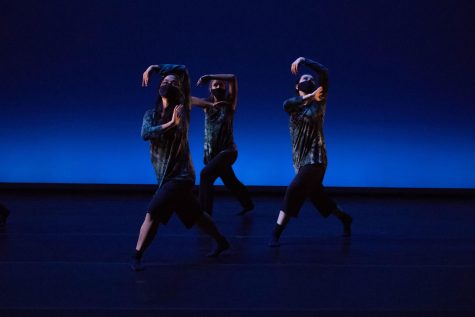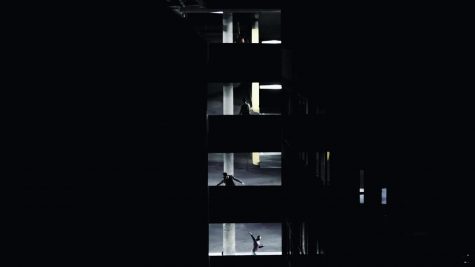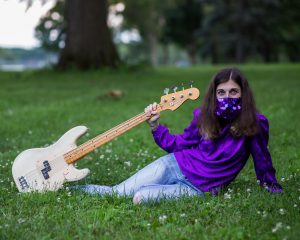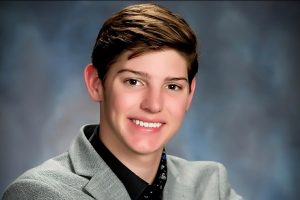39th annual Dance Gala will present COVID-19 themed works
This year, the University of Iowa Dance Department will host their annual Dance Gala through an entirely virtual set of performances. The dances will focus on the collective experiences of life during quarantine.
November 10, 2020
With energetic but flowing movement, colorful yet casual costumes, and a theme surrounding familiar struggles resulting from the COVID-19 pandemic, this year’s annual Dance Gala will be one that anyone can find solace and inspiration in — through an entirely virtual format.
From Nov. 13 to Nov. 27, dance enthusiasts and casual viewers will be able to tune into the University of Iowa’s 39th Dance Gala, titled In Motion, where performers will present six pieces choreographed and produced by UI Department Dance faculty in a virtual format for the first time ever.
The gala itself will consist of a combination of live-streamed short films broadcast over the course of the week, all from the UI Dance Virtual Concert Venue.
Despite varying consequences that come with a virtual gala, the choreographers and dancers have been persistent in providing the best performances they can amid pandemic restrictions.

Visiting Assistant Professor of Dance Stephanie Miracle choreographed Hyperdistanced — a short film that will be shown during the gala that explores the world of separation and limited proximity that many people have experienced during the COVID-19 pandemic. Miracle worked in close collaboration with graduate students Auden Lincoln-Vogel, who directed the film, and Ramin Roshandel, who composed the film’s score, and said she thinks the gala itself has expanded rather than been constricted by its digital format.
“Nothing can replace the feeling of watching live bodies performing on stage — that’s something really unique and has a certain energy and spark to it that’s just not possible virtually,” Miracle said. “But there are other things that are really possible virtually, for example, every seat in the audience is essentially the same — we all get to see the same vantage point; we all get the best seat in the house.”
RELATED: 38 years later, UI Dance Department stays ‘In Motion’ with annual Dance Gala
Adjustments also had to be made to the dances themselves because of the gala’s virtual format. UI Dance professor Armando Duarte has been involved with the Dance Gala for more than 28 years and served as the lead choreographer of Anemones: 600 feet under 6 feet apart, an abstraction of the original work Mar, first performed in 2014 by Brazilian dance troupe UAKTI, and based on “Metamorphosis I” by composer Philip Glass.
The piece was originally intended to feature partnered dancers in order to represent the constant motion of life under the sea, however, Duarte had to make many changes to make it safer for the dancers and audience because of COVID-19 regulations.

“I had to readapt due to COVID-19, and in doing that I took all the partnering away, we, the dancers and I, reconfigured the entire material,” Duarte said. “[The gala] shows the possibility of adaptation and creativity in its best possible way; we are constantly required now to adapt and readapt and readapt and readapt.”
In spite of its changes this year, the Dance Gala remains one of the Dance Department’s longest and most impactful performances.
Assistant Professor of Contemporary Dance Melinda Jean Myers, who served as the main choreographer behind the gala’s short film something we could do, worked in collaboration with seven dancers who will perform the piece. Myers noted that the virtual format of the gala is particularly impactful on the local artistic spirit of the UI and Iowa City.
“I’m excited to share these new works with our community by honoring the artists who contributed their talent, hard work, and commitment to this new way of sharing their artistry,” Myers said in an email to The Daily Iowan. “While we are living in this unprecedented time during a global pandemic, political polarization, and the mobilization of a racial revolution, we are learning and unlearning as individuals, and collectives — together.”



















